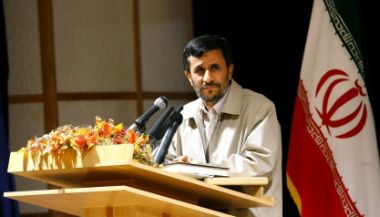
Iranian President Mahmoud Ahmadinejad (Image: www.president.ir)
Unless Iran provides answers on its 'alleged studies', the International Atomic Energy Agency (IAEA) said, it will not be able to give "credible assurance" on the peaceful nature of its nuclear programs. Meanwhile, the agency has concluded its investigations in Libya.
Iran's uranium enrichment program was far from the focus of the latest report from IAEA director general Mohamed ElBaradei on the agency's findings in the country. Of far more concern in recent months have been the circumstances of the 'alleged studies' which would appear to show a connection between Iran's nuclear program and certain military programs.
Libya
Although things are
Libya admitted to the |
On these matters, the IAEA believes, Iran could provide information to help the agency understand the programs and demonstrate that they were not nuclear related. However, unless Iran does this as a measure of transparency, "the agency will not be in a position to progress in its verification of the absence of undeclared nuclear material and activities in Iran." Responses to the IAEA made by Iran on 14 and 23 May included a 117 page presentation, but the IAEA said "did not provide any new information."
Iran has acknowledged that some of the contents of the documents are genuine, but maintains that the suspicious parts are "forged" and "fabricated". However, the country has failed to provide answers on certain procurements which appear to connect military entities to nuclear programs and is yet to show to the IAEA exactly which parts are genuine and which are fake.
Nuclear programs
Contrary to UN Security Council demands, Iran has continued to operate its uranium enrichment facilities at Natanz. It began feeding uranium hexafluoride (UF6) into five 164-centrifuge cascades on 30 August in addition to the 3000-cascade unit operating at the Fuel Enrichment Plant (FEP). At the Pilot Fuel Enrichment Plant (PFEP), 30 kg of UF6 has been fed into the ten-machine cascade of IR2 centrifuges.
These facilities are under IAEA containment and surveillance, and the agency was able to report that a total of 7600 kg of UF6 was fed into the machines between the start of operations in February 2007 and the end of August this year. This has resulted in about 480 kg of low-enriched UF6. Since March 2007, the IAEA has conducted 17 unannounced inspections at FEP. Some 28 tonnes of UF6 has been produced at the Uranium Conversion Facility, bringing the total since March 2007 to 342 tonnes.
Nuclear fuel provided by Russia for the Bushehr nuclear power plant remains under IAEA seal. The unit is currently expected to begin operation in the first half of 2009.
The IAEA was able to report that there had been no reprocessing activity at the Tehran Research Reactor and the IR-40 heavy-water reactor but noted that it could only confirm this with respect to those facilities while the Additional Protocol of of the Nuclear-non-Proliferation Treaty (NPT) which would allow country-wide inspections is not in force.
Construction continued at IR-40, while satellite imagery has revealed its related heavy water production plant to be in operational condition. The IAEA also noted that it had requested preliminary design information of the new nuclear power plant Iran has proposed for Darkhovin.




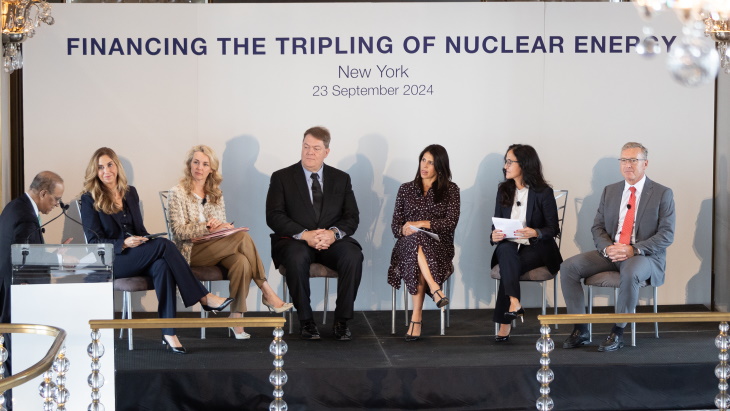
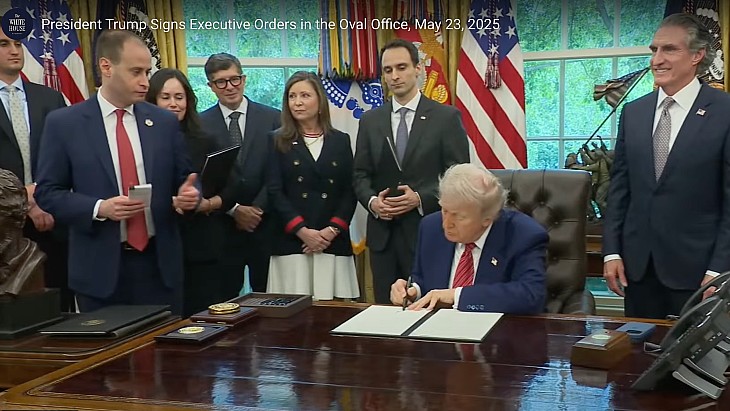
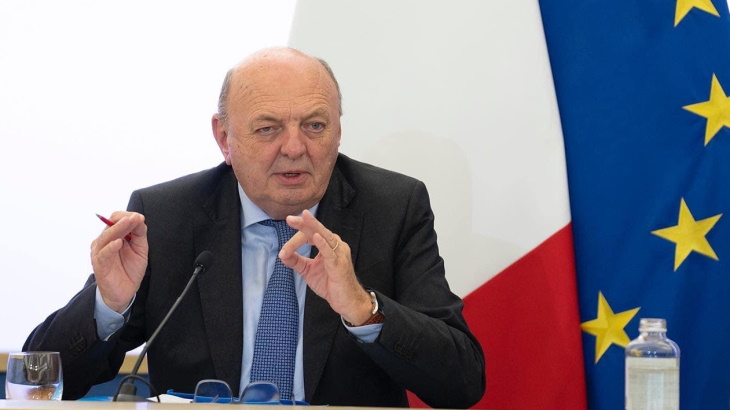
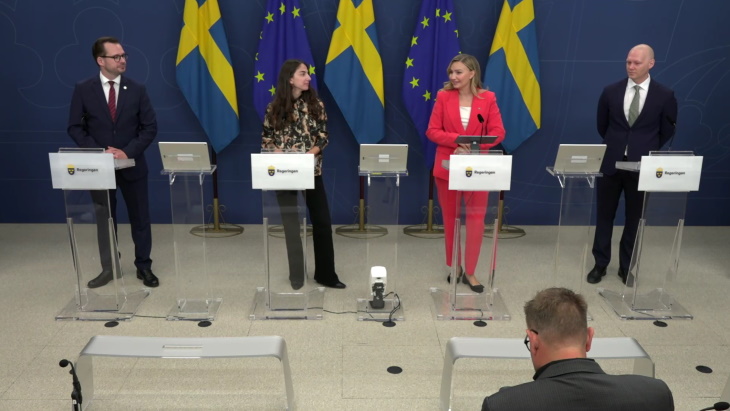
_96167_68292.jpg)


